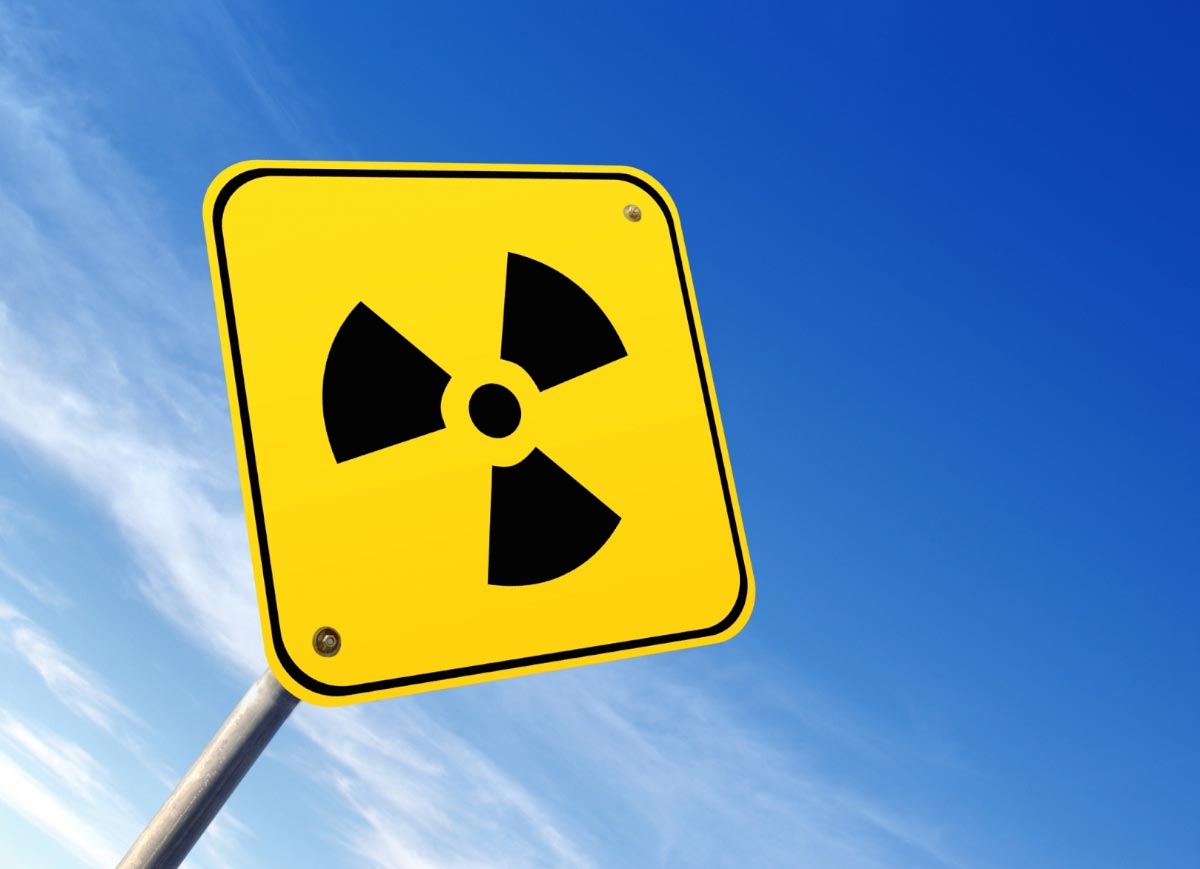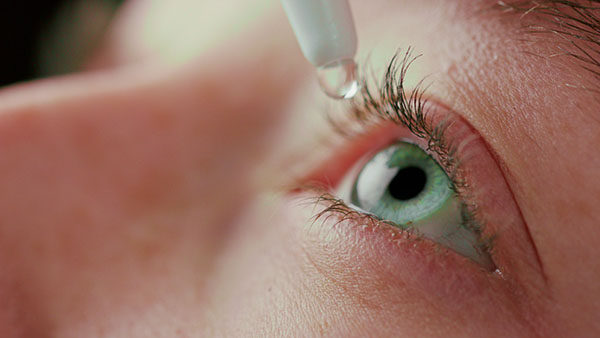Arnica montana: The golden healer of the mountains
05/29/2025 / By Ava Grace

- First documented in the 16th century, arnica was used by rural communities to treat bruises, sprains and muscle pain. It gained prominence in European pharmacopeias by the 18th century.
- Arnica contains phytonutrients like sesquiterpene lactones (e.g., helenalin) and flavonoids, which provide anti-inflammatory and antioxidant effects. It is primarily used topically for bruises, muscle soreness, arthritis and post-surgical recovery.
- Arnica has various names, such as “wolf’s bane” and “mountain tobacco,” reflecting its dual role as a healer and potential toxin. It holds cultural significance in Alpine regions, symbolizing resilience and healing.
- While Arnica is toxic when ingested raw, it can be used in creams, gels and homeopathic preparations. Its vibrant flowers and bitter taste serve as reminders of its potent nature.
Arnica montana, a vibrant yellow flowering plant native to the mountainous regions of Europe, has long been revered for its medicinal properties. Known by a variety of evocative names such as wolf’s bane, leopard’s bane, mountain tobacco and mountain arnica, this herbaceous perennial belongs to the daisy family.
Arnica is moderately toxic when ingested raw, but it has been a cornerstone of traditional medicine for centuries. From its historical roots to its modern applications, arnica is a fascinating example of nature’s ability to heal and harm in equal measure.
Brief history of arnica
Arnica’s use dates back to the 16th century, when it was first documented by European herbalists. Indigenous to the temperate climates of Central and Southern Europe, particularly the Alps and Pyrenees, arnica thrives in nutrient-poor, acidic soils at high altitudes. Its discovery is often attributed to German and Swiss herbalists who observed its use among rural communities for treating bruises, sprains and muscle pain. By the 18th century, arnica had gained widespread recognition in European pharmacopeias, and its popularity has endured ever since. (Related: Arnica salve is an herbal medicine that smart preppers keep in their emergency kits.)
Arnica’s various names reflect its storied past. “Wolf’s bane” and “leopard’s bane” hint at its historical use as a poison for predators, while “mountain tobacco” refers to its traditional use as a smoking herb by Alpine shepherds. “Mountain arnica” simply highlights its natural habitat. These names underscore the plant’s dual identity as both a healer and a potential hazard.
Arnica is easily recognizable by its bright yellow, daisy-like flowers which bloom from May to August. The plant grows to a height of 20-60 cm, with hairy stems and oval-shaped leaves. Arnica flowers emit a faint aromatic scent but taste bitter and unpleasant — a reminder of its toxic nature.
In the Alpine regions, Arnica has long been a symbol of resilience and healing. One folk tale tells of a young shepherd who, after falling down a rocky slope, was treated by an elderly woman with a poultice made from arnica flowers. The shepherd’s wounds healed remarkably quickly, and the herb became a staple medicine in the village. While this story is likely apocryphal, it reflects the deep cultural connection between arnica and the communities that have relied on it for generations.
Phytonutrients and health benefits
Arnica’s healing properties are attributed to its abundance of bioactive compounds. These include sesquiterpene lactones (such as helenalin and dihydrohelenalin), flavonoids and phenolic acids. Helenalin, in particular, is a potent anti-inflammatory agent, while flavonoids contribute to arnica’s antioxidant effects. Together, these compounds make arnica a powerful herb for addressing a variety of ailments.
Arnica is commonly used topically to alleviate pain, reduce inflammation and promote healing. It is particularly effective for treating:
- Bruises and contusions – Arnica accelerates the reabsorption of blood from bruised tissues, reducing discoloration and swelling.
- Muscle soreness and sprains – Its anti-inflammatory properties help ease pain and stiffness.
- Arthritis and joint pain – Arnica’s ability to reduce inflammation makes it a popular remedy for chronic joint conditions.
- Post-surgical recovery – Many patients use arnica to minimize swelling and bruising after procedures.
While arnica is primarily used in creams, gels and ointments, homeopathic preparations (highly diluted forms) are sometimes taken orally under professional supervision. However, due to its toxicity, raw arnica should never be consumed directly.
Culinary uses and recipe ideas
While arnica is not typically used in cooking due to its toxicity, homeopathic and diluted forms can be incorporated into wellness-focused recipes. Here are a few creative ideas:
- Arnica-infused healing tea – A soothing blend of diluted arnica tincture with chamomile and honey.
- Arnica-enhanced smoothie – A post-workout smoothie featuring arnica homeopathic drops, banana and almond milk.
- Arnica-infused massage oil – A DIY recipe combining arnica oil with lavender and eucalyptus for muscle relief.
Arnica montana is a testament to the power of nature to both heal and harm. Its vibrant flowers and potent compounds have made it a staple in traditional and modern medicine, offering relief for everything from bruises to arthritis. However, its toxicity serves as a reminder that natural remedies must be used with care and respect. Whether applied as a cream, infused into an oil or taken in homeopathic form, arnica continues to be a golden healer for those who seek its benefits.
This story is not medical advice and is not intended to treat or cure any disease. Always consult with a qualified naturopathic physician for personalized advice about your specific health situation or concern.
For more fascinating insights into superfoods, medicinal herbs and their natural wonders, visit NaturalNews.com. It’s a treasure trove of articles that will deepen your understanding of the healing power of food.
If you’re into cutting-edge technology with a health twist, try Brighteon.ai. Created by Mike Adams, the Health Ranger, this AI model is a free download that you can run on your own device. It’s all about sharing knowledge freely and bypassing the filters of censorship.
And if you’re looking for a place to openly discuss everything from nutrition to natural remedies without any holds barred, Brighteon.com is your go-to spot. Don’t forget to check out their free speech social media platforms, Brighteon.IO and Brighteon.social, where the conversation is always lively and uncensored.
Watch this video to learn more about arnica.
This video is from the TannersDad Health Freedom News channel on Brighteon.com.
More related stories:
Natural first aid recipe for bumps, bruises and sprains.
If you only choose one remedy for survival and pain relief, grab some Arnica.
Live Naturally with Herbs: Healing Properties of Arnica.
7 Herbs for wound care every prepper should know about.
Herbal medicine cabinet: 9 Herbs for wound care.
Sources include:
Submit a correction >>
Tagged Under:
alternative medicine, Arnica montana, healing, health science, herbal medicine, Herbs, natural cures, natural health, natural medicine, Naturopathy, organics, phytonutrients, plant medicine, remedies
This article may contain statements that reflect the opinion of the author





















